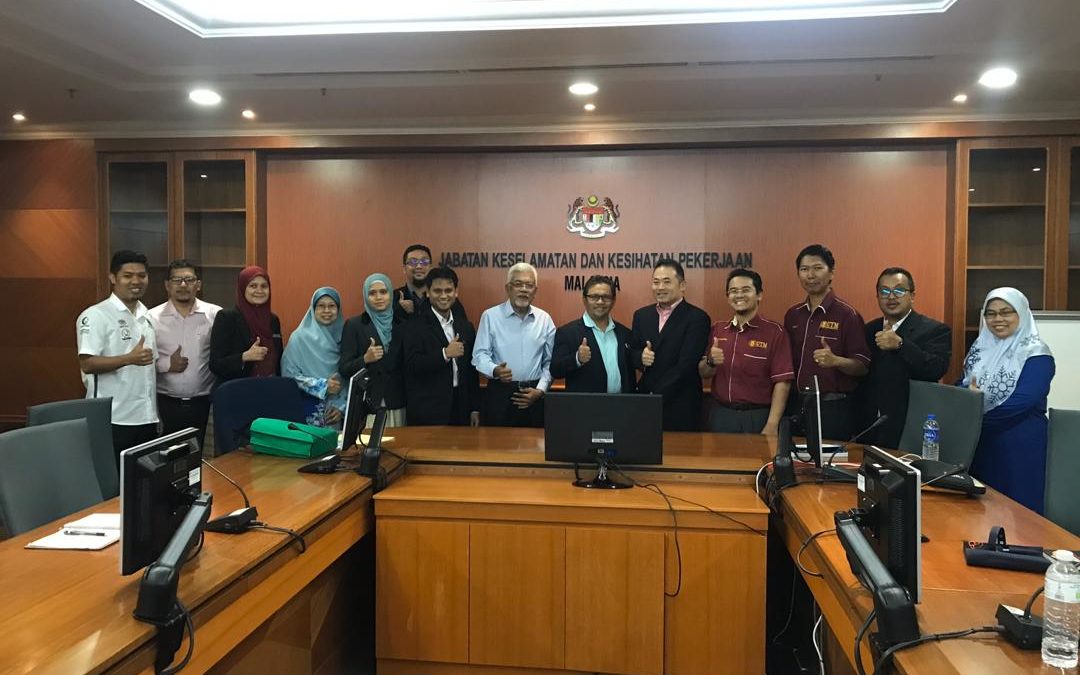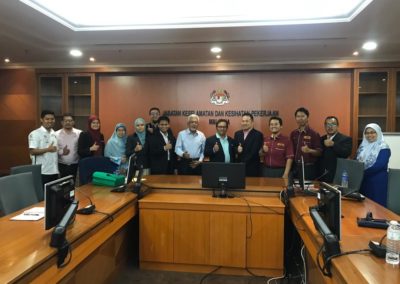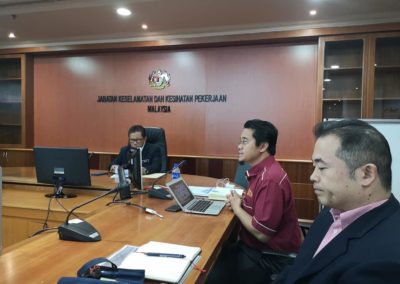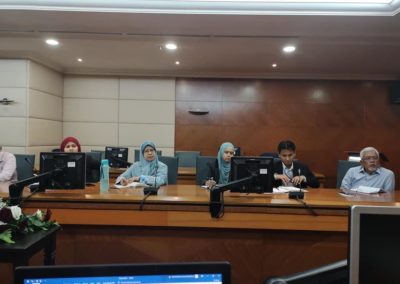One of the challenges seen in taking effective measures to industrial and technological disasters is its cross-sectoral nature. Although Fire and Rescue Department and its HAZMAT team or the emergency medical teams may be well trained to handle emergency response operation, additional assistance from other relevant stakeholders such as DOSH, Department of Environment (DoE), departments under Ministry of Economic Affairs (MEA) and other local government offices may also be required. Local NGOs, universities and private sector organizations may also provide technical and logistical support to the front liners.
A commonly seen response-oriented approach to industrial and technological disasters is another issue. While the government may have done their work in developing and enforcing proper regulations to manage HAZMAT, illegal dumping and other “off-site” incidents may require a group of disaster managers, industry representatives, chemical engineers and researchers to work together to analyze and plan a more effective preventive measures towards industrial and technological disasters.
With new concepts such as “Natech” – defined as “technological disasters triggered by a natural hazards, such as earthquakes, floods, storms, lightning and landslides,” have been increasingly getting more attention, the members in the meeting agreed that a stronger partnership with DOSH, UTM and other DRM agencies would be beneficial to all parties as well as residents in high disaster risk areas in Malaysia.




